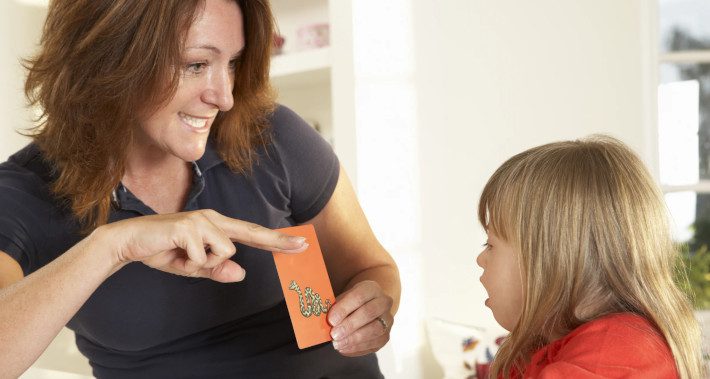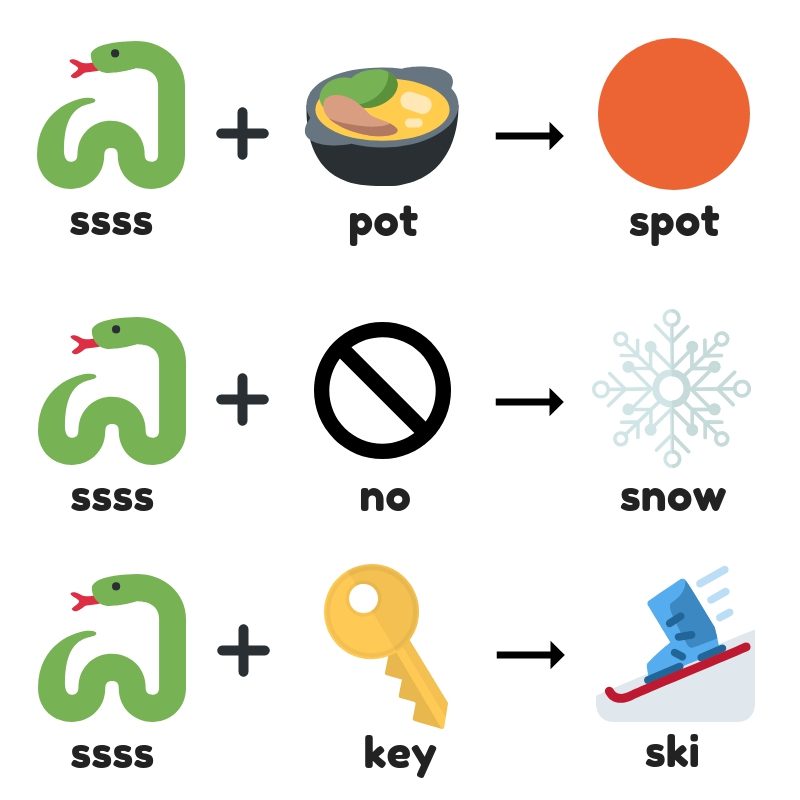
What is an s-blend?
An s-blend is a combination of two consonants (and sometimes three), the first of which is an /s/, followed by a different consonant sound such as k, l, n, p, t, m, w, etc,.
Why do speech therapists care about s-blends?
Consonant clusters are frequent targets in speech therapy.
Why?
Because consonant clusters, also known as blends, require significant coordination and timing to produce correctly and are therefore difficult for many children.
When children cannot articulate consonant clusters accurately, this often has a significant impact on their intelligibility (i.e. how easy their speech is to understand) so naturally, we want to help!
What does an s-blend error sound like?
Consonant cluster reduction in general, and s-blend reduction specifically, is a phonological process that young children use to make words easier to say when they are just learning to speak.
But by about 3 ½, or before they head to JK, we expect children to say both sounds in their s-blends.
If not, you might hear errors that sound something like this:
- “poon” for spoon
- “cool” for school
- “mart” for smart
How can I work on s-blends with my child?
You can introduce the concept first with the visuals that we’ve made here at Aurora Speech Clinic as described below:
- Try to illicit the /s/ sound (aka “snake sound”) with the image of a snake and ask the child what sound the snake makes. Targeted response: “ssssssss” (make sure to demonstrate this sound for them too!)
- Separately describe the second image. “This is a pot, we use it to cook!” or “I use this in the kitchen to cook our dinner. It is a pot.” Have them say this word on its own.
- Demonstrate the addition of both the snake sound and the second word to produce the final word. Make sure to exaggerate that snake sound for your child. This will help them remember to include it.
- Repeat this at home in a quiet environment until your child gets the hang of it!

What other activities can I use?
Once your child demonstrates success with the above, try working on s-blends in other repetitive tasks/activities, such as the following:
Lego/tower building: take turns with your child saying “ssstack” as you put a block or piece of lego on a tower
In a craft: takes turns saying “ssssstick” as you and your child glue on different craft components
In a sports activity: Have you child say “sssscore” after making each goal/basket
Other Pointers
Emphasize s-blends in your own speech by making the s-blends louder, longer and stronger (“Look, I see the ssssstars. The ssssstars are really bright tonight”)
Point to your mouth when you produce the s-blends to increase your child’s awareness
Set up times where you and your child can listen for good speech sounds during travel time, meal time (make sure they have an empty mouth) or bath time!
Be patient- it takes time for children to habituate new speech patterns
If, in spite of trying some of the above, your child continues to have difficulty with s-blends OR you have concerns with other speech sounds, please reach out to us.
Chat soon,
372 Hollandview Trail, #302,
Aurora, ON L4G 0A5
(905) 503-4321
» https://goo.gl/maps/fg3XKnNsczzwLzTz7
Aurora Speech Clinic is located in Aurora, ON and offers personalized skilled intervention to those struggling with their speech and language skills. Services offered include screening, consultation, and comprehensive evaluation. We also provide one-on-one and/or group therapy for speech sound disorders, receptive/expressive language delay/disorder, stuttering/cluttering, accent reduction, and much more.